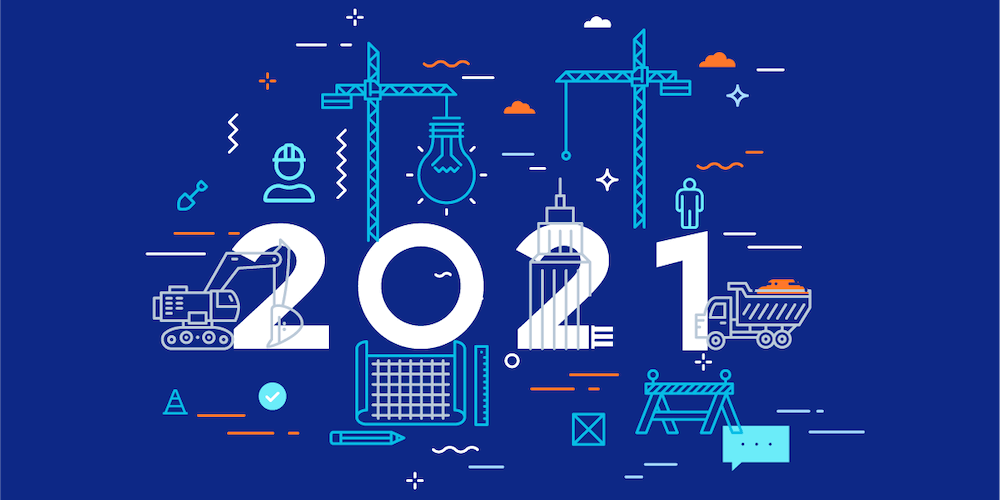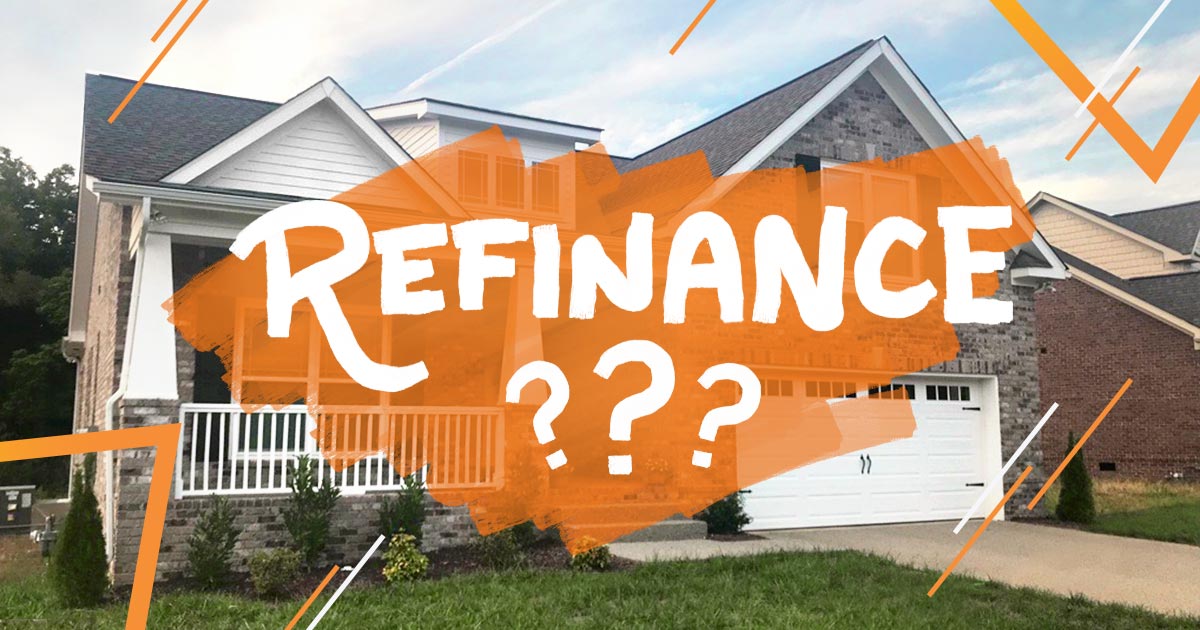Top 6 Construction Industry Trends To Watch For In 2021

After a turbulent year of adjusting forecasts and changing expectations, 2021 will be a year of reemergence and growth in the construction industry. Rising construction costs and labor shortages persist, challenging the industry to innovate competitive new ideas, while stricter regulations contribute to a reduced margin for error and waste. As the industry becomes more competitive and the market shifts, harnessing these construction trends will prove valuable for any construction firm. Read on for the 10 must-watch construction industry trends for 2021 to help you stay competitive.After a turbulent year of adjusting forecasts and changing expectations, 2021 will be a year of reemergence and growth in the construction industry. Rising construction costs and labor shortages persist, challenging the industry to innovate competitive new ideas, while stricter regulations contribute to a reduced margin for error and waste. As the industry becomes more competitive and the market shifts, harnessing these construction trends will prove valuable for any construction firm. Read on for the 10 must-watch construction industry trends for 2021 to help you stay competitive.
This article discusses the following info :
- Protective Equipment
- Efficient Technology
- Growing Need for Laborers
- Remote Worksites and Mobile Access
- Rising Material Costs
- Green Building
The COVID-19 pandemic drastically impacted the construction industry, already affecting construction site guidelines by way of updated state regulations emphasizing cleanliness and strict safety protocols. This also includes increased union influence in projects, possibly adding cost and time to projects.
The industry is also witnessing a rise of machines capable of identifying common safety issues and eliminating those threats one at a time. Wearable innovations are making their way to the job site with work boots that connect to Wi-Fi and alert others if a person has fallen. Material moving “mules” transport heavy or hazardous materials, and tasked robots construct scaffolding or lay bricks autonomously. Headsets can even actively reduce noise pollution while keeping workers in tune with their surroundings.
Beyond worker gear, we are already seeing robots that fully replace certain human workers. These range from material moving “mules” to scaffolding and bricklaying robots.
More accurately than “replacing” humans, these robots are changing the jobs humans do — in most cases, they’re augmenting human decision-making (like deciphering and translating data findings into actionable insights) and making room for different, higher-level jobs.
The biggest differentiator for builders and developers this year is likely to be technology in construction — specifically, the innovations that can enhance efficiency. The COVID-19 pandemic is causing increased reliance on construction technology, too; these are a few types of tech that will only increase in popularity through 2021 and beyond.
Smart contracts offer all organizations in a project a shared system to do business, allowing them to buy, track, and pay for services. Rather than getting contracts and tracking deliverables from separate parties, firms can use smart contacts as an all-in-one tracking system where rules and deadlines are set and the blockchain enforces them. This system will make for faster closeouts, increased security, better project tracking, and an automated supply chain.
Drone use in the construction industry continues to be one of the fastest growing trends, with usage rising by 239 percent year over year. The technology offers far more uses than just aerial photography for real estate and commercial efforts.
Today’s drones are used for rapidly mapping large areas over long distances, producing valuable aerial heat maps and thermal images. The advancing drone software provides real-time, actionable data thatcan be used for rapid decision making, further streamlining the entire construction process.
Personal safety and equipment loss continues to be the biggest liabilities in construction. Drones can perform jobs in place of human workers to prevent injury, such as jobs requiring scaling supertall structures. As on-site security tools, drones can be leveraged to reduce labor costs and minimize the risk of theft, keeping projects on schedule and minimizing hiccups.
More advanced future uses include monitoring equipment depreciation and incorporating AI to organize moving construction equipment.
The global AR market is expected to be valued at more than $1.2 trillion by the end of the decade, up from about $37 billion in 2019. On the client front, AR means efficient project-staging, and making pre-construction projects tangible for buyers and tenants.
One of the most noticeable construction trends of the past few years is a vast increase in the demand for labor. Quality labor is expensive and competitive, though robots do pick up a lot of the slack.
Despite these robots’ best efforts, we will need more educated workers to manage and interpret the data produced by new technology. Fortunately, women are stepping in to fill more competitive roles. According to the Bureau of Labor Statistics, women occupy only 10.9 percent of construction industry jobs, and industry hiring trends show a 94 percent growth in female-owned construction firms from 2007 to 2018; additionally, 30 percent of construction companies promoted a woman to a senior position in 2018.
The industry is also targeting Generation Z, born between 1995 and 2010, in recruiting efforts. In the past, negative perceptions of trade school were detrimental to efforts to hire new talent in construction. The COVID-19 pandemic caused a shift in attitudes toward alternative education options and resulted in increased positive attitudes toward trade school, positioning construction firms to show off the career growth potential in their industry and the abundant opportunities to experiment with new technologies.
Mobile applications in the construction industry allow worksite access like never before possible, including real-time inspections, on-site accountability, and accurate measurements taken from a mobile phone camera.
COVID-19 mandated that teams continue to collaborate without physical access to materials, spaces, or even other teammates. AECOM developed technology that allows for public approval meetings to take place virtually so that public projects can continue to move forward without in-person gatherings. Other mobile apps in the marketplace include measuring assistant AirMeasure and asset management software Infotycoon. Those without complete mobile connectivity will be at a productivity and sales disadvantage going forward.
The Producer Price Index for construction goods rose 5 percent over the three-year period ending in November 2020, per the Association of General Contractors. Rising interest rates are likely to compound all types of costs, resulting in further pressure on total construction. Technologies like drones, AR, and BIM will prove key to helping to maintain project volume and combat this cost pressure.
Green construction is the expected standard for homebuyers, renters, and commercial tenants. Unfortunately, many sustainable and eco-friendly features remain a luxury, despite their long-term savings — though this will change over the next decade as ecotech and sustainable construction become more mainstream.
Renewable energy sources captured 11% of the energy market in 2019 (per the U.S. Energy Information Administration) and are only expected to grow in their share as accessibility increases. That’s a huge market, given buildings are still responsible for 40 percent of U.S. energy consumption and 30 percent of greenhouse gas emissions.
Green construction includes both the technology to lower a building’s carbon footprint and the use of resources and building models to reduce the use of resources. Perhaps an even greater driver of green building is proof of its value for occupants. Research shows that green buildings can have a positive psychological and physiological impact on inhabitants and even passersby.
Latest Articles







